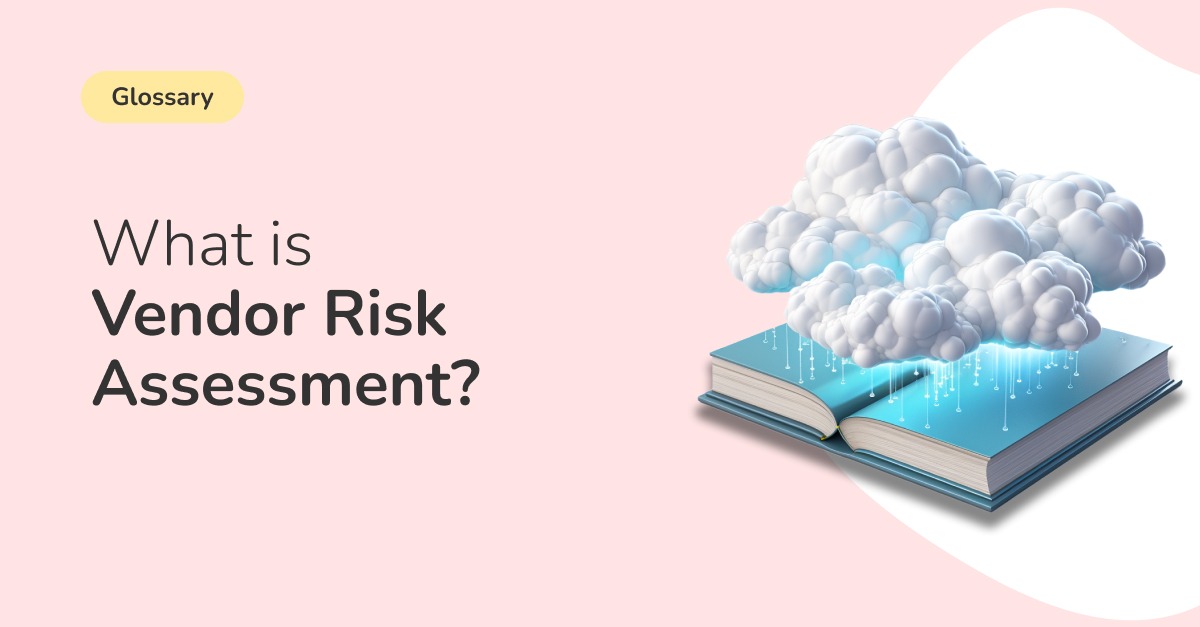What is Vendor Risk Assessment?
Vendor risk assessment is a systematic process for evaluating the security, financial risk, and operational risk associated with third-party vendors. It aims to mitigate risk by identifying potential risk areas before entering or during a vendor relationship. The core elements include compliance, information security, and vendor risk management.
The SaaS Management Connection
In the context of a SaaS Management Platform, vendor risk assessment becomes pivotal for managing software subscriptions and services. With increasing concerns about cloud security, data security, and cybersecurity, performing comprehensive vendor risk assessments ensures that software vendors meet regulatory requirements and security protocols. Not sure where to start? Learn more about how Torii identifies both sanctioned and Shadow IT apps within your organization so you can fast-track your road to compliance.
Examples of Vendor Risk Assessment
Let’s say you’re a financial services company looking to use a potential vendor for data analytics. Here’s how the risk assessment process unfolds:
- Initial Questionnaire: A questionnaire, possibly a security questionnaire, is sent to gather essential data from the vendor.
- Compliance Check: Regulatory compliance, such as GDPR, is verified.
- Security Assessment: Information security protocols are scrutinized, including cybersecurity risk.
- Financial Risk Assessment: Vendor’s financial stability is evaluated.
- Contract Review: Vendor contract is assessed for any legal pitfalls.
- Risk Level Determination: Based on the gathered data, the risk level is determined.
Best Practices for Vendor Risk Assessment
Effective vendor risk assessment is more than a checklist; it’s a strategic approach that safeguards your organization against various forms of risks. Here are key best practices to consider:
Conduct Initial Questionnaires
Begin with a detailed questionnaire tailored to assess the vendor’s security, compliance, and financial stability. Use standardized templates for consistency.
Categorize Vendor Risks
Divide risks into categories like information security, financial risk, and operational risk. This allows for focused assessment and targeted risk mitigation.
Regulatory Compliance
Ensure the vendor complies with all regulatory requirements relevant to your industry. Failure to comply can result in legal repercussions for both parties.
Ongoing Monitoring
Vendor risk assessment is not a one-time activity. Employ ongoing monitoring via your vendor risk management program to capture any changes in the risk level.
Use Specialized Tools
Leverage vendor risk assessment tools and software, ideally incorporated into your SaaS Management Platform, for automation and real-time monitoring.
Cybersecurity Assessment
Given the rise in cyber risks, ensure a thorough cybersecurity assessment is part of your routine. Validate data encryption, firewall rules, and other security measures.
By following these best practices, you can cultivate a robust vendor risk assessment process, which in turn will strengthen your vendor relationships and reduce third-party risks.
Related Terms You Should Understand
- Risk Assessment: The overarching process of identifying risks.
- Vendor Risk: The specific risks associated with a vendor.
- Risk Management: Framework for managing all types of risks, not just those from vendors.
- Security: The protocols in place to protect data and systems.
- Supply Chain: The flow of materials, information, and finances as they move in a process.
- Assessment: The evaluation process.
- Third Party Risk: Risks coming from vendors or other external entities.
- Vendor Risk Management Program: A comprehensive approach to manage vendor-related risks.
- Vendor Assessment: A part of the larger risk assessment focusing solely on the vendor.
- Regulatory Requirement: Laws or regulations that vendors must comply with.
- Party Risk: The risk inherent to doing business with any other entity.
- Questionnaire: A set of written questions used for gathering information.
- Cybersecurity: Protection against the criminal or unauthorized use of electronic data.
- Inherent Risk: The risk that exists in the absence of any actions to control or mitigate it.
- Residual Risk: The risk remaining after all risk management efforts.
Through vendor risk assessment, you can significantly reduce the uncertainties tied to third-party vendors, be they service providers or software subscriptions.







